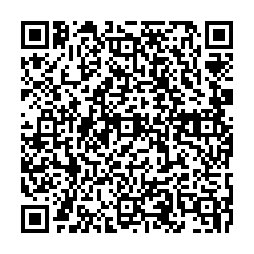bear with me now, I’m going to start ugly with a reference to this article in the Chronicle of Higher Education. In it, the “Shadow Scholar,” a.k.a. a writer for a custom-paper mill, details his process, and justifies at length his participation in students’ elaborate (and expensive) schemes to get degrees (not just bachelor’s degrees, but M.As, and even Ph.D.s) without doing the work.
His contempt for the education system as a whole is palpable. That’s not why I’m referring to this article here. What struck me was his description of his “research” process:
“First I lay out the sections of an assignment—introduction, problem statement, methodology, literature review, findings, conclusion—whatever the instructions call for. Then I start Googling.
I haven’t been to a library once since I started doing this job. Amazon is quite generous about free samples. If I can find a single page from a particular text, I can cobble that into a report, deducing what I don’t know from customer reviews and publisher blurbs. Google Scholar is a great source for material, providing the abstract of nearly any journal article. And of course, there’s Wikipedia, which is often my first stop when dealing with unfamiliar subjects. Naturally one must verify such material elsewhere, but I’ve taken hundreds of crash courses this way.
After I’ve gathered my sources, I pull out usable quotes, cite them, and distribute them among the sections of the assignment. Over the years, I’ve refined ways of stretching papers. I can write a four-word sentence in 40 words. Just give me one phrase of quotable text, and I’ll produce two pages of ponderous explanation. I can say in 10 pages what most normal people could say in a paragraph.”
This sounds terribly familiar. I’ve been spending good chunks of this semester interviewing and observing students while they are doing their research, and the first stop for many is Google, the second stop, Wikipedia. When they tell me they go to Wikipedia, they also tell me, “just for a start,” and “I know professors don’t like it, but I just want to get a sense for what is out there.” I suppose the technical term for what they are doing with Wikipedia is a browse, but they can also (and do also) browse on Google, and, for that matter, on the library’s website.
Many of our student profess to never going into the library, either. Or at least, to never using the library’s resources. “I can find everything I need online,” is an oft-expressed sentiment. When I ask what “online” means (because there’s an awful lot from Atkins available online these days), they clarify: “Google.” They get to articles via Google, they find books on Google books, and they also find (and use) information in a variety of websites (mostly .edu or .org sites, because many were taught at one point that the URL suffix can be one hint as to a website’s reliability).
Some, but not all, students realize that the articles they get to via Google are actually available because of the Atkins library (that is, we pay for access, so that you can get to them). Some, but not all students, realize that there are books in Atkins that could be helpful to them in the stacks. Some, but not all students, are aware that websites are not ideal sources for research papers.
When professors insist, students seek out books. When professors insist, students seek out peer-reviewed journal articles. In the absence of that insistence–and sometimes, even in the presence of that insistence–students do the work that is expedient. They find good-enough sources, and write good-enough papers.
When do students do better than “good enough?” When they are working for a class they love, especially one in their major. When they are the kind of student who will go onto graduate school, because they love the process of research. When they are returning students, who have a very clear idea why they are at a university, and so want to get the best out of their experiences there.
If students are in a required class, a class they perceive to be a hoop they need to jump through to get to the next thing they would like to do, then they will do “good enough” work.
And if they don’t see the point in doing the work at all, or if they are completely overwhelmed and don’t know where to begin to start the work themselves, they might turn to someone like the “Shadow Scholar.”
